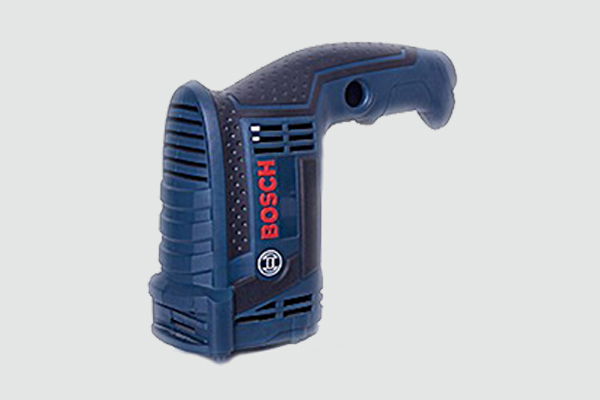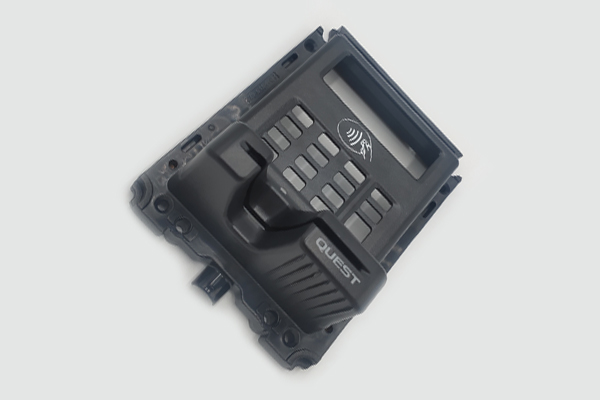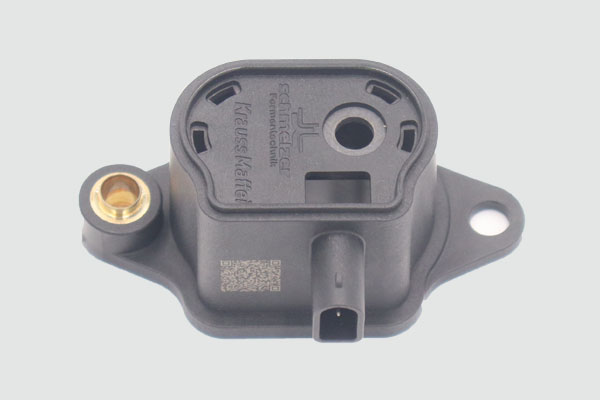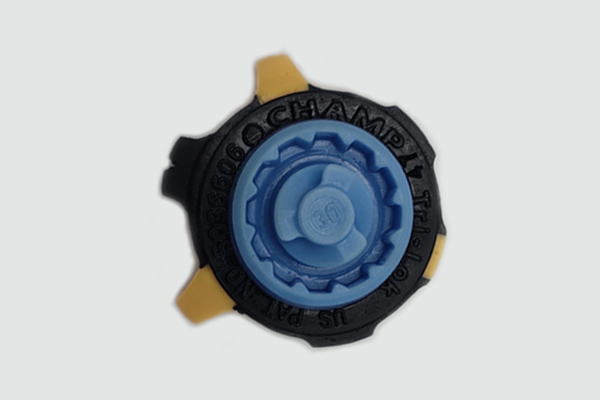Pad Printing: Materials Required, Advantages, and Applications

Pad printing is a process where a two-dimensional image is transferred onto a three-dimensional part. The printing process uses a cliché (an engraved plate) and a pad to transfer the image. There are different kinds of pad printing machines depending on the size of the image and the number of colors. Pad printing operations are used in a range of sectors, including apparel, promotional, and industrial.
Unfortunately, photographic printing or digital printing doesn’t allow the printing of these 3D parts. This is where pad printing can help — regardless of whether your items have an uneven surface or are curved, pad printing will always give you a quality print.
The printing pad is the delivery system where a soft silicone material is pushed onto the engraving to pick the image up and moved onto the substrate where it’s pressed again to transfer the image.
While it may seem logical, the process doesn’t use any lasers or heat. In fact, pad printing has nothing to do with 3D metal or thermal printing.
Read as our injection molding company provides a brief guide on pad printing and discusses the materials required for it and its advantages.
Materials required
Ink hardener
Acting as a catalyst, the ink hardener facilitates the curing process. Usually, the addition of hardener makes prints sturdier and more resistant to abrasion. For instance, adding the hardener to ink for printing on glass can make it dishwasher resistant.
The solvent
It’s an additive to pad printing ink. To accelerate the drying and transfer of the ink to the part, the ink and the solvent are mixed together.
The ink
One of the most important components of the pad printing process is ink. However, there are multiple ink series, and selecting the right one is crucial to adhesion. Every pad printing ink series is developed for specific materials like plastics, metals, glass, and others.

The plate or cliché
Typically known as cliché, a pad printing plate contains the image that needs to be printed. Laser and photopolymer are two forms of plate engraving processes.
Inkwell
This is the mechanism for holding the printed ink in a part. Sliding across a plate over an engraving and back again, the inkwell leaves only a small amount of ink in the engraving.
The pad
In a pad printing machine, the transfer mechanism is known as a pad. To pick up the image, the pad is flattened over the ink-packed engraving. Then the pad is slid over the part and compressed again to apply the image.
The pads are made of a silicone material. However, the pad’s hardness (durometer) and the type of silicone depend on the application. These pads are available in a range of shapes and sizes.
Advantages
Pad printing is an important component of many industries due to a variety of reasons. Following are some reasons why you should consider the process:
Supports different color options
Pad printing has numerous colors to serve the different aesthetic requirements of businesses. If a specific color isn’t available, you can use the right tools and technology to mix colors and achieve the color you’re looking for.
Delivers quality printing
The printing process delivers quality and crisp finish on any surface. This is regardless of the object’s material makeup and shape. Thus, it’s extremely useful when it comes to printing on small parts like extremely tiny electrical components.
Cost-effective
The process is easy to operate and cost-effective. Therefore, it’s a realistic printing option for businesses looking for low-cost identification, traceability, and personalization.

Compatible with different materials
It’s compatible with all materials. Therefore, you can print on glass, plastic, metal, etc.
Compatible with different surfaces
The process can print on different types of surfaces — even on curvy, wonky, and tiny surfaces.
Applications
Pad printing is suitable for a range of industries, including:
Electronics
This industry uses pad printing to create different image sizes on circuits and other electric appliances. This is a useful technique for labeling parts, which helps in traceability and identification.
Cosmetics
Pad printing is also perfect for printing instructions, texts, and images on branding tools and product containers. The process is widely used in printing pictures on perfume containers, lotions, and creams.
Sporting goods
It’s suitable for displaying iconic pictures, events, names, etc., on sporting equipment and merchandise. Plus, the ink isn’t toxic and is resistant to wear and tear.
Consumer appliances
It’s suitable for branding, indicating instructions, and decorating consumer appliances like laptops, headsets, radios, and torches. However, the ink used must be compatible with the environment you’ll be using the product in. Also, it should be non-toxic, especially if it’s meant to come in contact with people.

Automotive industry
Pad printing is also used in the automotive industry to label and decorate the interiors, exteriors, and under-the-hood components of vehicles — all thanks to its flexibility that allows it to tackle different shapes and sizes of automotive parts. Batteries and radiators are some common examples of motor parts marked with the pad printing process.
Medical equipment
The medical industry utilizes pad printing for products and equipment like casings, syringes, IV bags, tubes, and prosthetics for the purpose of traceability and identification. The medical industry likes this process due to its strict precision. Since toxicity has no place in medical parts, only medical-grade inks are used to mark the parts.
Get top-quality custom plastic injection molding through PTMS — the finest plastic injection molding company in China
Widely regarded as one of the finest plastic injection molding manufacturers, PTMS has been providing top-of-the-line custom plastic injection molding to its clients for two decades. With skilled employees and sophisticated machines, PTMS fully understands how to control the cost in an acceptable range.
Give us a call for more information on our plastic injection molding company!
